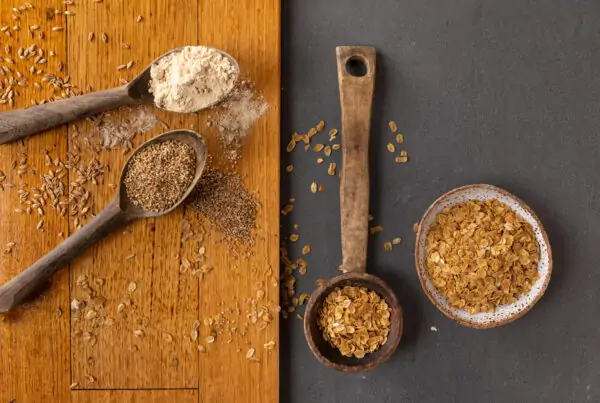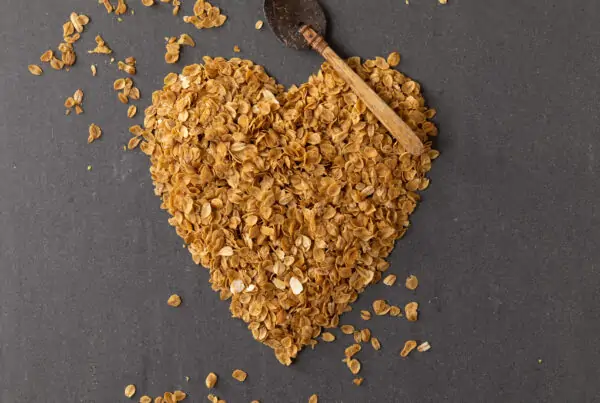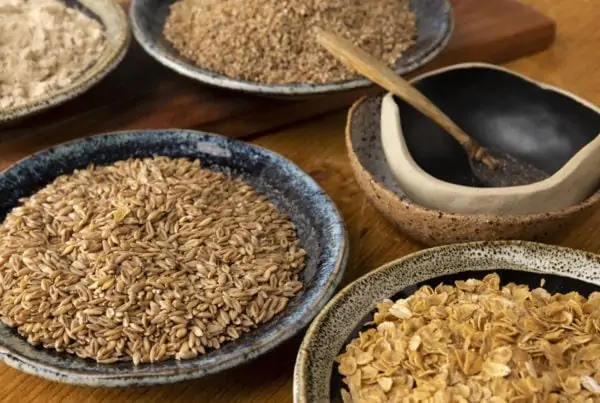Open up the pages of any mainstream media today and you are likely to quickly spot the term “gut health”. But amongst all this discussion about this vital body organ, there appears to be very little consensus around the actual definition of “gut health” or a slightly more clinical term “digestive health”, despite the terms being used widely in scientific journals.1,2,3,4 Given our digestive system includes the salivary glands, mouth, oesophagus, stomach, liver, gallbladder, pancreas, small intestine, colon and rectum, it is big challenge for scientists to develop a simple yet relevant definition to encompass all digestive health.
This post has been moved to a new home. In future, please visit: https://barleymax.com.au/defining-digestive-health






